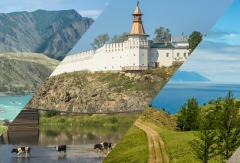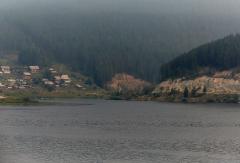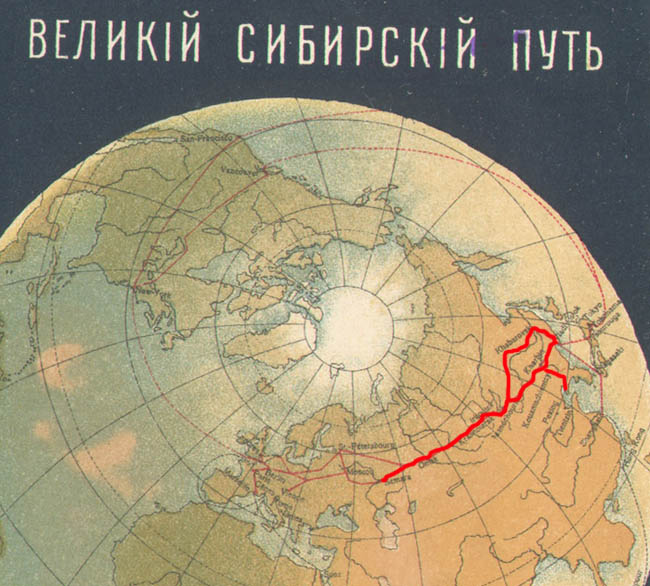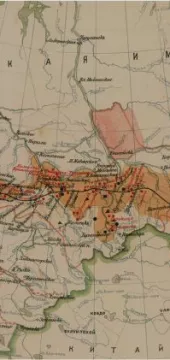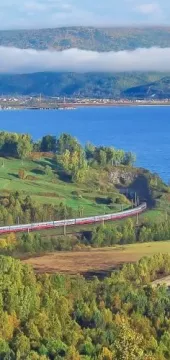History of Trans-Siberian Railway

BEGINNINGS OF RUSSIAN RAILWAYS
In the mid-19th century discussions became ever more frequent about the construction of a railway system to connect the central regions of the Russian Empire with its eastern territories.
The first public railway in Russia was built in 1836 and became the sixth railway in the world. This railway connected St Petersburg with Emperor Nicholas I’s residence in Tsarskoe Selo (now known as Pushkin). It was further continued to Pavlovsk, with the total length of the railway amounting to 27km. It took one year and eight months to build the first railway in Russia and 1837 became the year of foundation of the Russian railways.
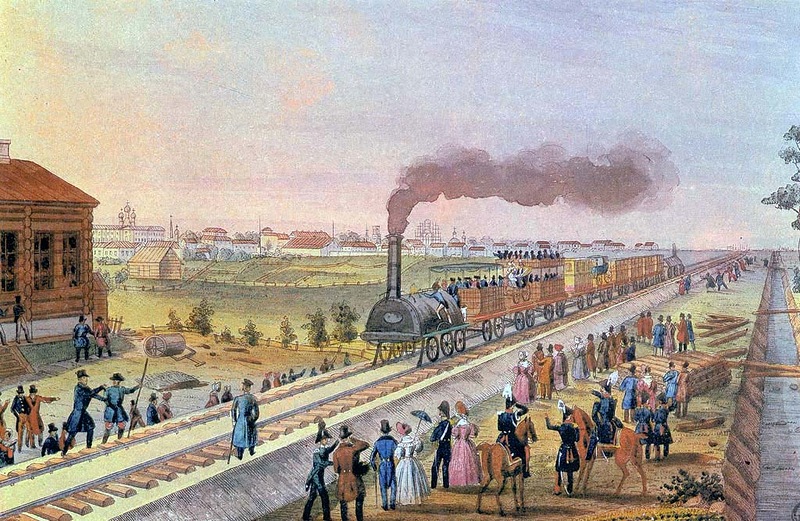
The decisive moment in the railway policy occurred a few years later. Upon returning from America, engineers Pavel Melnikov and Nikolai Kraft prepared a detailed report emphasising the economic and cultural importance of railways, especially in terms of the industrial revolution which was taking place in Russia.
ST PETERSBURG - MOSCOW RAILWAY
In 1842 the emperor signed a decree ordering the construction of the St Petersburg-Moscow Railway. The railway was built in eight and a half years and cost less than many foreign railways due to the mass use of serf labour.
During the design and construction of the railway the parameters were defined and it was decided to have a track with the width of 1524mm. This is still the standard width up to the present day, which is different to that of Europe and China.
By the order of Nicholas I, engineers were not engaged to build the railways stations but architects and the two famous architects of the time were invited for this work - Konstantin Ton and Rudolf Zhelyazevich. Ton designed the two main buildings of the stations on the railways in Moscow and St Petersburg. They were completed in the 1851-1852.
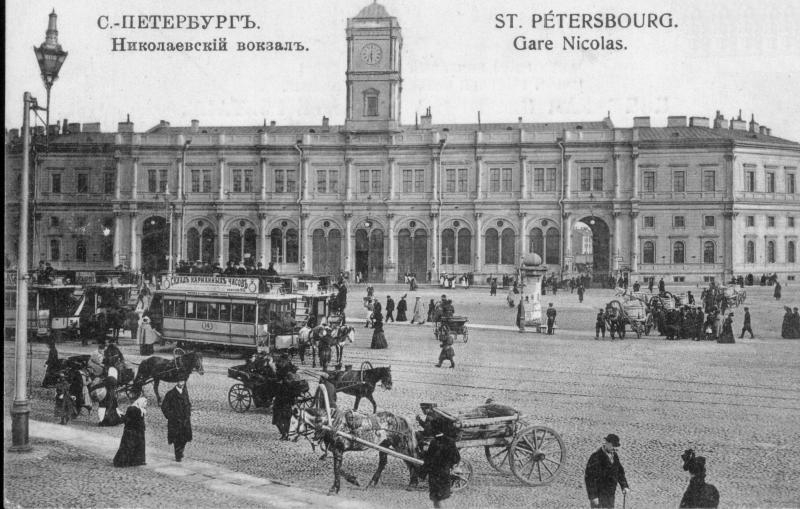
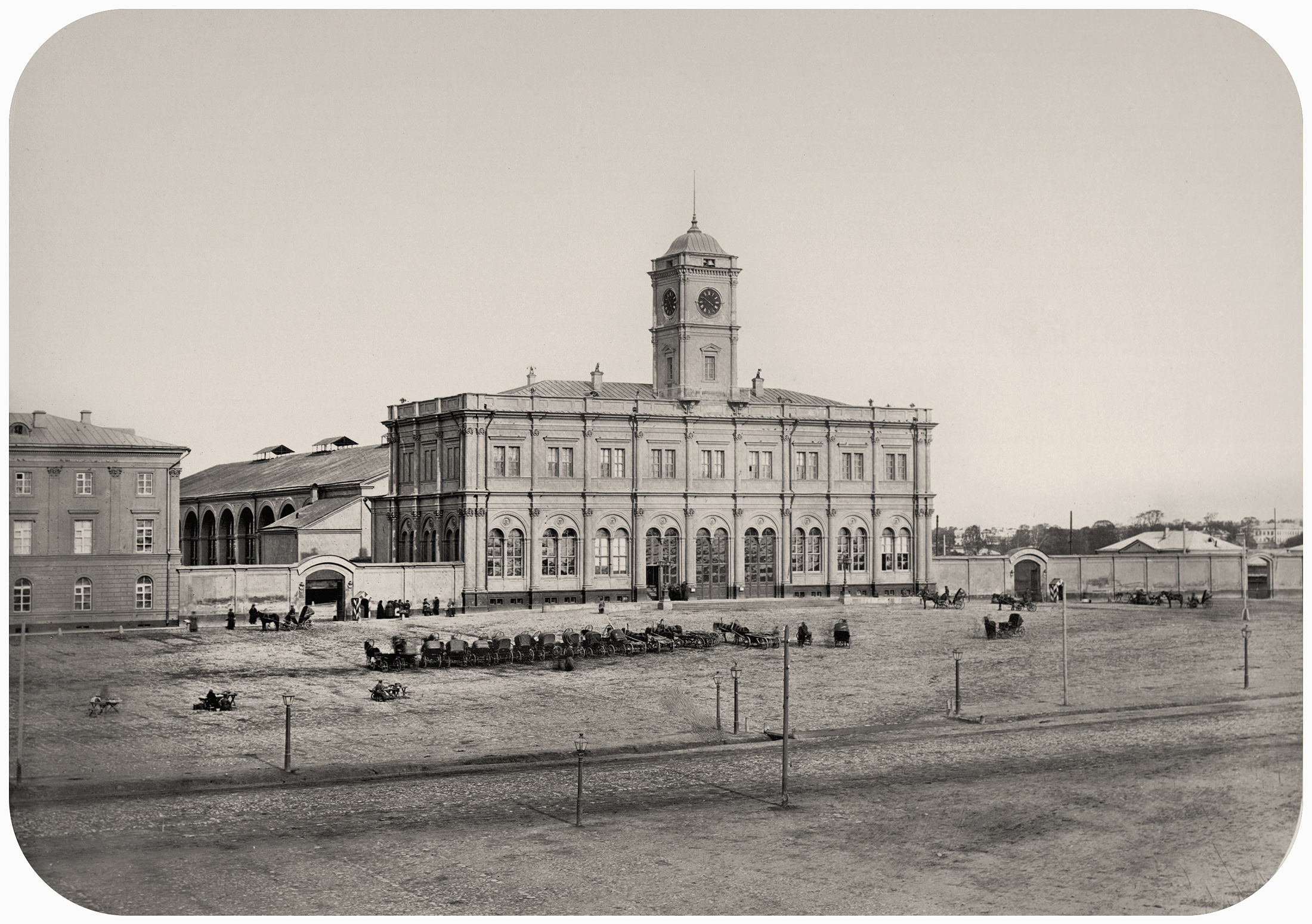
The official opening of Europe's largest two-line railroad was held on 1 November 1851. A train departed from St Petersburg at 11:15 and arrived safely in Moscow in at 21:45. The railway line was known as the St Petersburg-Moscow Railway but after the death of Emperor Nicholas I in 1855 it was renamed the Nikolaev Railway. This stretch of railway still works today after over 150 years.
TRANS-SIBERIAN RAILWAY
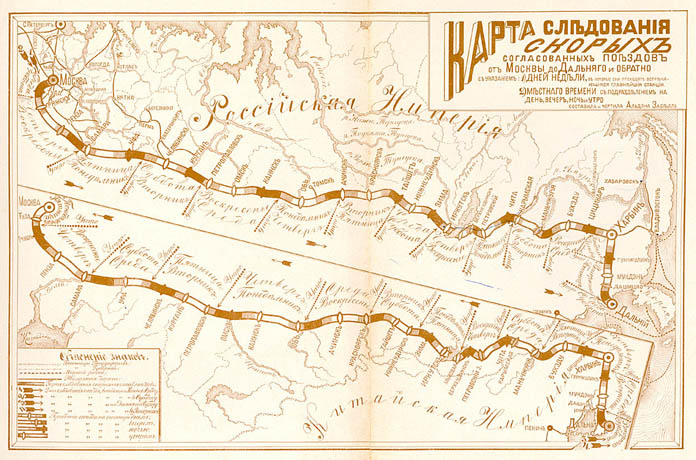
The railway network was subsequently expanded and by the end of the 1880s it became obvious that the construction of a railway across the country was vital for the development of the country. In February 1891 the Cabinet of Ministers unanimously supported the need for the construction of a Trans-Siberian Railway and decided to begin the work at the same time from Vladivostok and from Chelyabinsk to meet in the middle.
STAGES OF CONSTRUCTION

The first stone of the Great Siberian Railway (the original name of the Trans-Siberian) was laid in May 1891 in Vladivostok with the participation of Tsarevich Nikolai Aleksandrovich (who later became Emperor Nicholas II). It was decided to build the railway line in three stages and to complete the construction within 10 years.
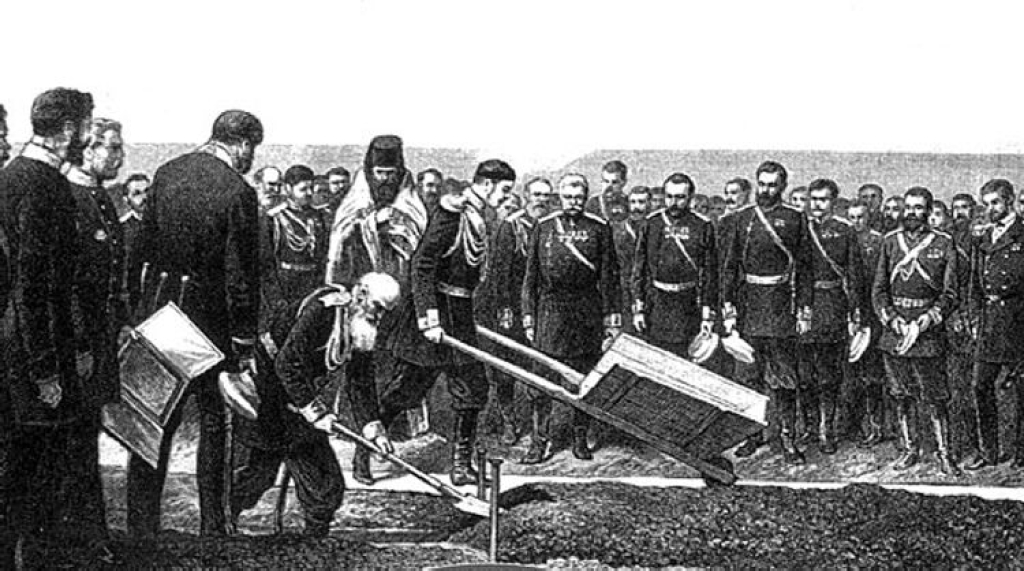
The first stage involved the design and construction of the West Siberian Railway from Chelyabinsk to the River Ob (1418 km), the Central Siberian Railway from the River Ob to Irkutsk (1871 km), and the South Ussuri Railway from Vladivostok to Grafskaya Station (408 km).
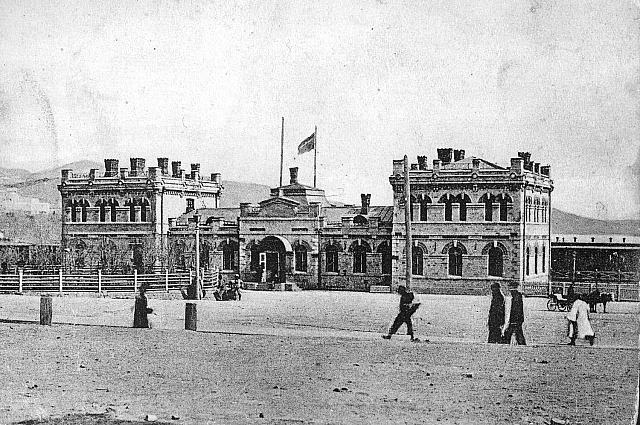
The second stage included the Zabaikalsky Railway from Mysovaya Station on the eastern shore of Lake Baikal to Sretensk on River Shilka (1104 km) and the North Ussuri Railway from the Grafskaya Station to Khabarovsk (361 km).
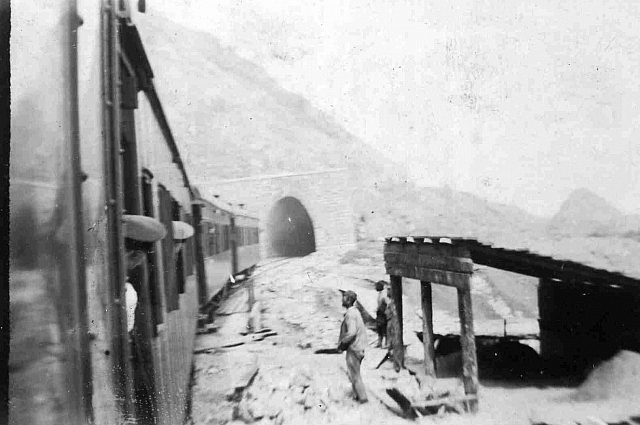
The third stage, leaving the most rugged parts till last, saw the construction of the Circum-Baikal Railway from Baikal station at the source of the River Angara to Mysovaya Station (261 km) and the Amur Railway from Sretensk to Khabarovsk (2130 km).

The laying of the South Ussuri Railway was launched in April 1891 and was completed in 1894; three years later the North Ussuri Railway was completed. Constant traffic on the section between Vladivostok to Khabarovsk with a length of 772km was opened in November 1897.
The West Siberian Railway from Chelyabinsk to Novonikolaevsk (now Novosibirsk) with a length of 1422km was finished in 1896.
The Central Siberian Railway from the River Ob to Irkutsk with a length of 1839km was built in 1899.
By the spring of 1901 the construction of the Zabaikalsky Railway was finished and only 2000km (between Sretensk and Khabarovsk) of the Trans-Siberian remained to be built to connect Europe and the Pacific Ocean. However, due to the adverse climatic and geological conditions of the Amur area, the tsarist government at first decided not to construct the railway here and instead took a more southerly route - through Manchuria in China.
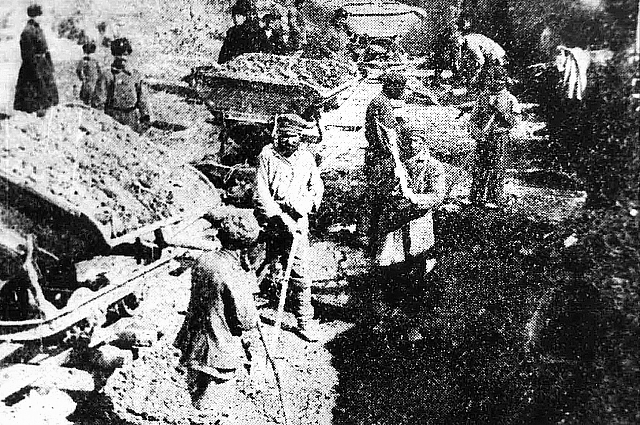
In 1903 the Russian-built Chinese Eastern Railway was put into operation, passing through the territory of Manchuria via Harbin Station to Pogranichnaya (Grodekovo). With the construction of the Chinese Eastern Railway the railway connection to the Russian Far East was completed, as back in 1901 a railway line between Grodekovo and Ussuriysk was put into operation.
In 1905 the Circum-Baikal Railway was put into full operation which ran around Lake Baikal, previous to this cargo and passengers had to take a ferry across the lake.
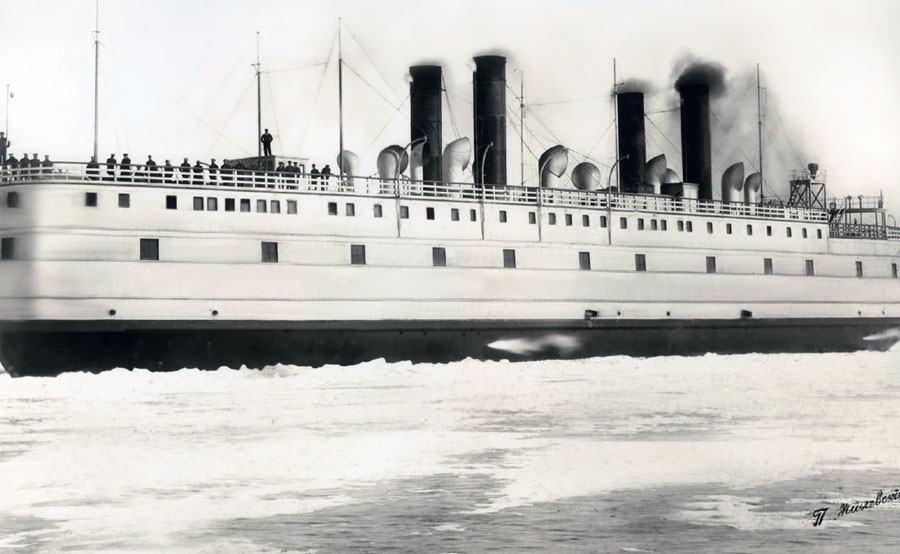
Russia's defeat during the Russo-Japanese War demonstrated the strategic weakness in having the railway pass through a foreign country and forced the government to create a continuous railway line to Vladivostok via Russian territory. In May 1908, the State Council made a decision to construct the Amur Railway. This was only completed in October 1916, after the construction of Khabarovsk Bridge.
ENGINEERING FEATS
Simultaneously, the construction involved more than 100,000 workers and the work was carried out by hand using shovels, axes, crowbars, saws. Despite the many complexities (taiga, mountains, rivers, lakes, and floods), the tracks were built with amazing speed - around 740km per year. This is a high figure even for modern construction and is partly thanks to the ingenious ideas of Russian engineers. Prisoners were also put to use though in building the railways.
One of the most striking achievements of Russian engineering was the construction of bridges over large Siberian rivers. The Khabarovsk Bridge across the River Amur was known as the Amur Miracle. It is 64 metres high and 2.6km long and was built between 1913-1916. The bridge has 18 spans of 127 metres with a 200-metre left-bank trestle.
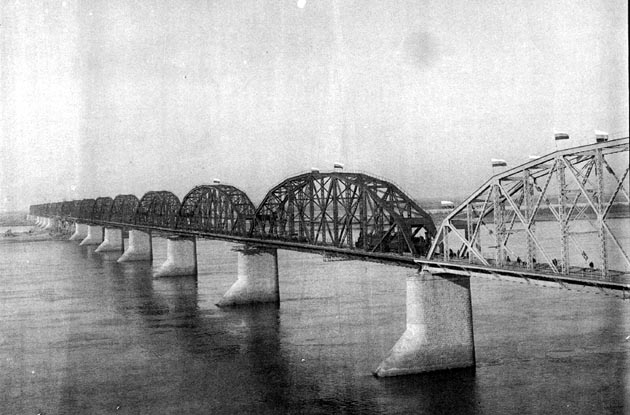
The construction of the bridge alone used 17,800 tonnes of metal and cost the treasury 13.5 million roubles.
In 1904, the Slyudyanka-1 station on Lake Baikal opened as the only station in the world built entirely of marble. The station was conceived as a monument to crown the grand work of the builders and the final construction of the unique Circum-Baikal Railway. The station remains in use today.
CURRENT STATE OF THE ROAD
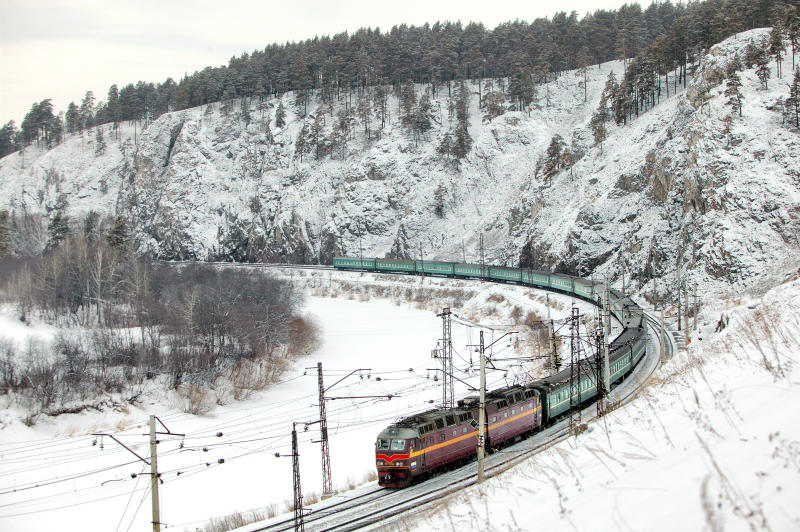
The construction of the Trans-Siberian Railway was one of the most amazing and large-scale projects undertaken not only in Russia but in the whole world, especially for the time. Even after 100 years the railway still serves it is original purpose - connecting Europe and Asia. Today the Trans-Siberian Railway is a powerful double-track electrified railway line with a length of about 10,000 kilometers and equipped with modern means of information and communication. It is the world's longest railway, a natural extension of international transport corridor №2 (Berlin - Warsaw - Minsk - Moscow - Nizhny Novgorod).
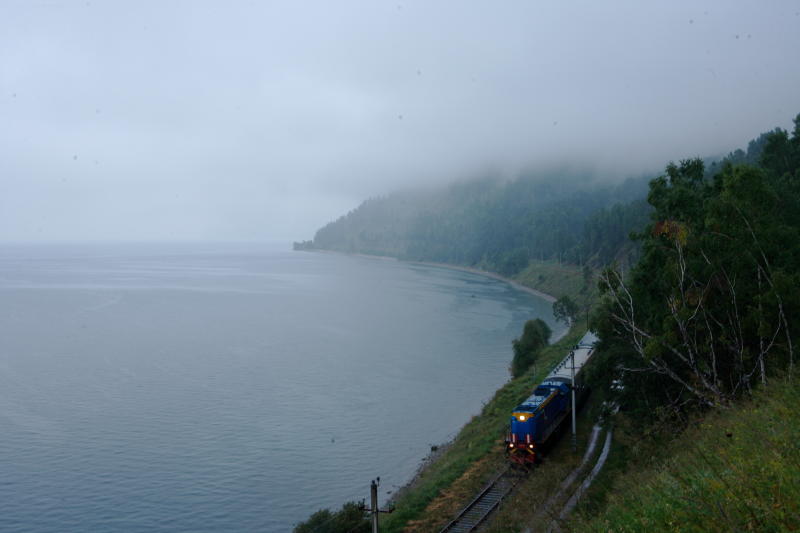
In the East, through the border stations at Khasan, Grodekovo, Zabaikalsk and Naushki, the Trans-Siberian provides access to the rail network of North Korea, China and Mongolia, and in the West, through Russian ports and border crossings with the former republics of the Soviet Union, to the European countries. The railway line is also a popular tourist destination in itself and is a journey which many people hope to travel in their lifetime.

►Routes ►Principal routes ►Trans-Siberian Railway ► History of the Transsib


